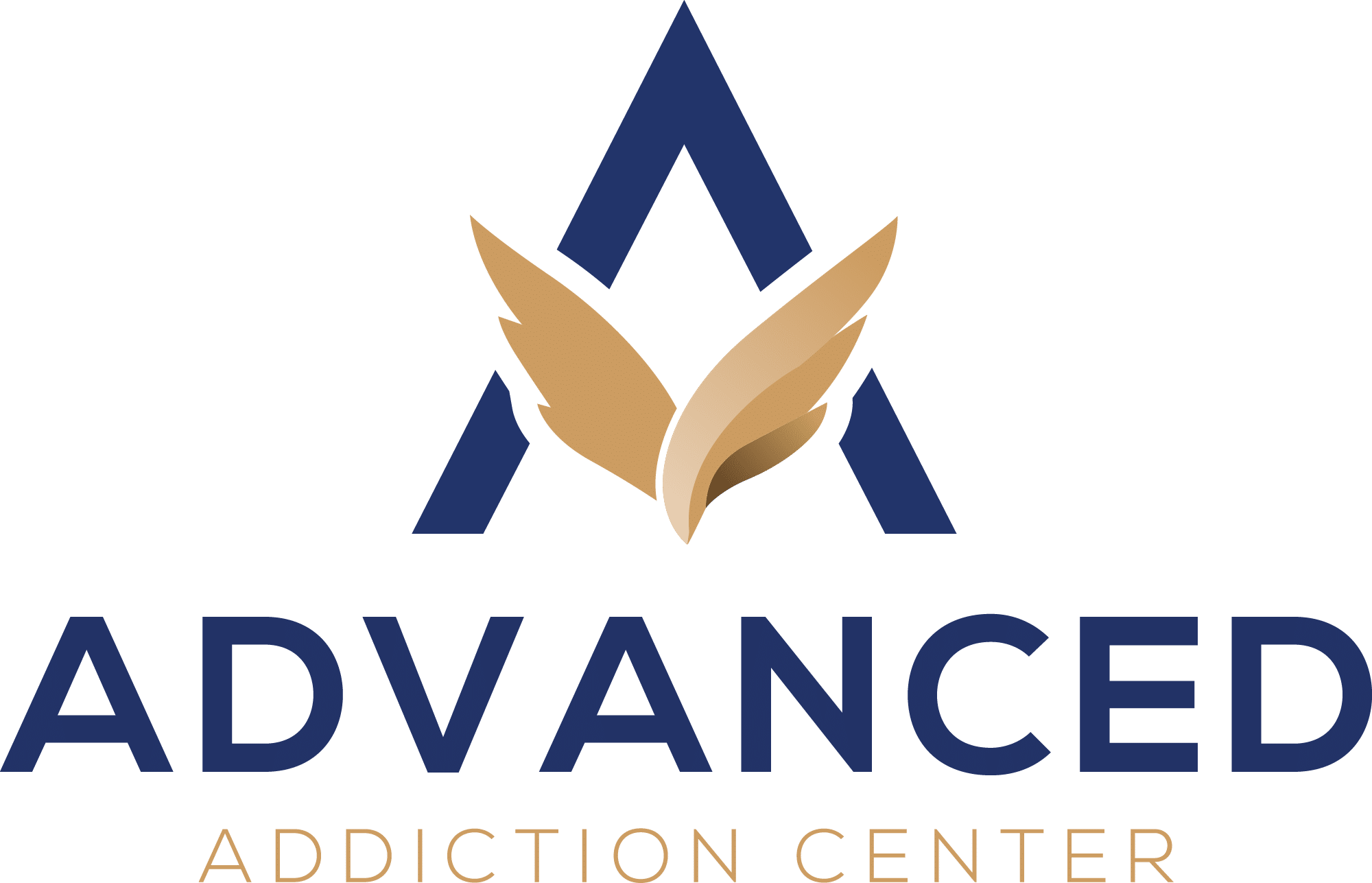Choosing a Drug Rehab: 5 Critical Red Flags You Can’t Ignore
Understanding Effective Drug Rehab Programs
Finding the right drug rehab treatment center can feel overwhelming, but knowing what makes a program truly effective helps narrow your search. Quality rehab facilities, like those at the Advanced Addiction Center, share certain foundational characteristics that set them apart from less reliable options.
1. Evidence-Based Treatment
Evidence-based treatment forms the backbone of reputable programs. These approaches—like Cognitive Behavioral Therapy (CBT), motivational interviewing, and medication-assisted treatment—have been rigorously tested and proven to support lasting recovery. When a facility commits to these methods, you’re getting care grounded in science rather than guesswork.
2. Structured Drug Rehab Programs
Structured rehab programs, such as those offered in Weymouth and Worcester, provide the framework you need without feeling restrictive. Think of structure as the scaffolding that supports your healing journey—clear schedules, defined goals, and consistent therapeutic activities create stability during a time when everything else might feel uncertain.
3. Personalized Addiction Care
Personalized addiction care recognizes that your story is uniquely yours. A one-size-fits-all approach rarely works because addiction affects each person differently. Effective programs take time to understand your specific needs, challenges, and strengths before crafting a treatment plan.
4. Professional Counseling and Medical Oversight
Professional counseling and medical oversight ensure you’re safe throughout the process. Licensed therapists and medical professionals monitor your progress, adjust treatments as needed, and provide expertise when complications arise.
5. Holistic Approach to Recovery
True recovery addresses every dimension of your well-being—physical health, mental wellness, emotional healing, and spiritual growth. Programs that honor this holistic approach give you the best chance at building a life beyond addiction. Whether you’re seeking help in Leominster or elsewhere, remember that the right program is out there waiting for you.
Red Flags to Avoid When Choosing a Drug Rehab
Finding the right drug rehab can feel like navigating through a maze of options, each promising life-changing results. The reality is that not all treatment centers are created equal, and recognizing drug rehab red flags to avoid can protect you or your loved one from ineffective addiction treatment that wastes precious time, money, and hope.
When evaluating potential programs, understanding what separates quality care from substandard services becomes your most valuable tool. These 5 Red Flags to Avoid When Choosing a Drug Rehab represent patterns that consistently appear in facilities where clients struggle to achieve lasting recovery.
1. Lack of a Structured Treatment Approach
Walking into a treatment center should feel like entering a space where every day has purpose and direction. An unstructured rehab environment often reveals itself through a noticeable absence of organization, leaving clients wondering what comes next or how their days will unfold.
A clear and organized treatment plan serves as your roadmap through recovery. This structure provides predictability during a time when life feels chaotic, helping your brain adapt to new routines while building healthy habits. Without this framework, days can blur together, leaving you without measurable progress or concrete skills to apply when treatment ends.
Signs that indicate a program lacks structure include:
- Therapy schedules that change frequently without explanation or advance notice
- No written treatment plan outlining specific goals, milestones, or expected outcomes
- Staff members who can’t clearly explain what your typical day or week will look like
- Absence of regular assessments to track your progress and adjust care accordingly
- Vague descriptions of programming that use buzzwords without explaining actual activities
- Long periods of unstructured free time without therapeutic activities or skill-building opportunities
- No clear timeline for treatment phases or criteria for advancing through program levels
When you ask about daily schedules and receive responses like “we keep things flexible” or “it depends on how you’re feeling,” consider this a warning sign. Flexibility has its place, but effective Drug Rehab programs balance adaptability with consistent structure that supports healing and growth.
If you’re located in Massachusetts and seeking structured and effective rehabilitation options, consider exploring the Advanced Addiction Center. They offer specialized programs in various locations including Quincy, Barnstable Town, Braintree, and Wakefield.
2. Absence of Evidence-Based Therapies
When researching potential treatment centers, one of the most critical drug rehab red flags to avoid is a program that doesn’t utilize scientifically supported addiction treatments. Evidence-based therapies have been rigorously studied and proven effective through clinical research, giving you the best chance at lasting recovery.
What are evidence-based practices?
These include:
- Cognitive Behavioral Therapy (CBT): Helps you identify and change negative thought patterns that contribute to substance use
- Dual diagnosis treatment: Addresses both addiction and co-occurring mental health conditions like depression or anxiety simultaneously
- Relapse prevention strategies: Teaches practical skills to recognize triggers and manage cravings in real-world situations
- Medication-assisted treatment (MAT): Combines FDA-approved medications with counseling for certain substance dependencies
Programs that rely exclusively on unproven or outdated methods put your recovery at risk. You might encounter facilities promoting “miracle cures,” experimental treatments without scientific backing, or approaches that ignore the medical nature of addiction. Some programs may offer only one type of therapy regardless of individual needs, which rarely addresses the complex nature of substance use disorder.
A quality drug rehab should clearly explain their therapeutic approaches and how these methods have been validated through research. If a facility can’t articulate the science behind their treatments or dismisses the importance of evidence-based care, that’s a significant warning sign worth heeding.
3. Unclear Admission Criteria and Unsafe or Chaotic Environments
When you enter a potential drug rehab, you should feel safe and have a clear understanding of what will happen next. If a facility cannot clearly explain their admission process or what qualifies someone for their program, it raises serious concerns about whether they can truly meet your needs.
The Importance of Admission Transparency
Admission transparency is important because not every drug rehab program is suitable for every person. Reputable centers conduct thorough assessments to determine if they can provide the appropriate level of care. They will ask about your substance use history, mental health concerns, medical conditions, and previous treatment experiences. If a facility seems eager to admit anyone without proper screening, they may be prioritizing profits over patient welfare.
This lack of transparency can sometimes be indicative of larger issues within the organization, such as corruption or mismanagement. In such cases, it’s essential to understand that enhancing government effectiveness and transparency is crucial in regulating these facilities.
Signs of an Unsafe Rehab Environment
The physical environment also plays a crucial role in your recovery. A safe rehab environment should be organized, clean, and purposeful. Here are some red flags to watch out for:
- Facilities that appear poorly maintained or unsanitary
- Staff who seem overwhelmed, absent, or unprofessional
- Clients wandering without supervision or clear programming
- Visible conflicts between residents that go unaddressed
- Lack of security measures to prevent unauthorized substance access
The Impact of Chaos on Recovery
Chaos breeds chaos. When your surroundings feel unstructured or unsafe, your body remains in fight-or-flight mode. Recovery requires feeling secure enough to be vulnerable, process difficult emotions, and build new coping skills. An environment filled with confusion or danger makes this essential healing work nearly impossible.
4. Excessive Personal Restrictions or Dehumanizing Practices
Recovery requires structure, but there’s a critical difference between supportive boundaries and excessive personal restrictions that strip away dignity. When evaluating drug rehab red flags to avoid, pay close attention to how a facility treats its clients as human beings.
Punitive measures and overly harsh rules create an environment of fear rather than healing. Some programs employ tactics that feel more like punishment than treatment—public shaming for relapse, isolation as discipline, or rigid rules that ignore individual circumstances. These approaches damage the therapeutic relationship and can trigger trauma responses, especially for those with histories of abuse or control.
Patient dignity in drug rehab means respecting autonomy while providing necessary structure. Red flags include:
- Facilities that prohibit all personal belongings without clear clinical justification
- Programs using shame-based confrontation tactics
- Rules that prevent clients from having any say in their treatment decisions
- Staff who speak about clients disrespectfully or dismiss their concerns
- Policies that feel more institutional than therapeutic
However, it’s crucial to recognize that humane addiction treatment acknowledges the need for both guidance and respect during recovery. The most effective programs create clear expectations while honoring each person’s inherent worth. They involve clients in treatment planning, explain the reasoning behind rules, and adapt approaches when appropriate. A program that treats you like a number rather than a person isn’t equipped to support your unique journey toward wellness.
In some extreme cases, such environments can resemble prison conditions where dehumanization is rampant instead of being treated with dignity and respect.
5. Signs of Scams or Unethical Practices
The addiction drug rehab treatment industry, while filled with dedicated professionals, has unfortunately attracted bad actors looking to exploit vulnerable individuals and families. Recognizing rehab scams and unethical addiction centers can protect you from wasting precious time and resources during a critical moment.
Red flags that signal potential scams include:
- Vague or unprofessional online presence – Legitimate facilities maintain clear, detailed websites with staff credentials, treatment approaches, and facility information. Be wary of sites with stock photos, minimal details, or no verifiable location.
- Unclear facility connections – Some marketing companies pose as treatment centers but have no actual facility. They collect your information and sell it to the highest bidder, a practice known as patient brokering.
- Guaranteed success rates – No reputable program can promise a cure or guarantee specific outcomes. Recovery is deeply personal, and ethical centers acknowledge this reality.
- Pressure tactics or urgency – Legitimate programs give families time to make informed decisions. High-pressure sales tactics or demands for immediate payment signal trouble.
Patient brokering represents one of the most dangerous unethical practices. Brokers receive kickbacks for referring patients to specific facilities, regardless of whether those programs meet the individual’s needs. This practice prioritizes profit over appropriate care, potentially placing you or your loved one in an ineffective or even harmful environment. Always verify you’re speaking directly with facility staff, not a third-party marketer.
How to Choose a Trusted Drug Rehab Program
Finding the right drug rehab treatment center can feel overwhelming, but having a clear framework makes trusted drug rehab selection more manageable. Use this checklist when evaluating potential programs:
Essential Elements to Look For:
- Structured treatment approach with clear daily schedules, defined therapy sessions, and measurable recovery goals
- Evidence-based therapies such as CBT, trauma-informed care, and dual diagnosis treatment
- Professional credentials including licensed therapists, medical staff, and certified addiction counselors
- Transparent admission process with clear criteria about who the program serves best
- Safe, welcoming environment that feels organized and respectful
- Ethical business practices with straightforward pricing, no pressure tactics, and verifiable facility information
- Proper accreditation from organizations like The Joint Commission or CARF
- Comprehensive aftercare planning, such as the aftercare options offered by Advanced Addiction Center, that doesn’t end when treatment does

Accreditation serves as an independent verification that a facility meets rigorous standards for care quality and safety. Programs committed to long-term success provide robust aftercare support—think alumni groups, ongoing therapy options, and resources for managing life after treatment.
Trust your instincts during facility tours or consultations. A reputable program welcomes questions, provides detailed information about their approach, and demonstrates genuine care for your wellbeing.
If you’re looking for a reliable drug rehab center, consider options like the Advanced Addiction Center in Stoneham, Tewksbury, Randolph, or Watertown. Each of these centers offers personalized programs designed to achieve the highest success rates in drug and alcohol addiction recovery.








